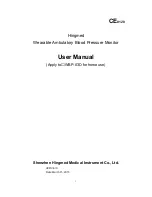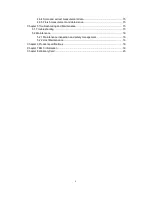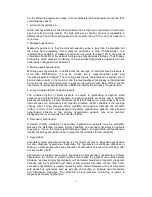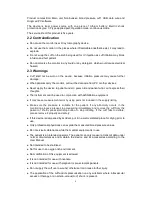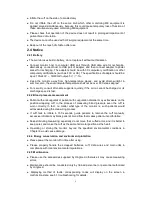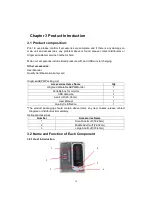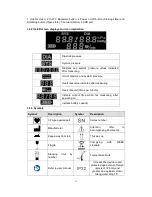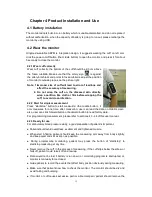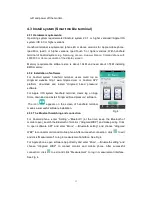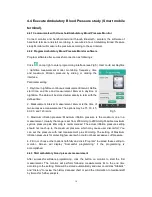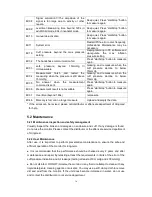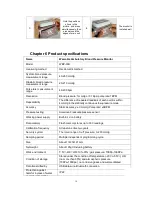
5
Chapter 1 Preface
1.1
Brief Introduction to Ambulatory Blood Pressure Monitoring
Ambulatory blood pressure monitoring is an instrument for monitoring human
’
s blood
pressure continuously during certain period (normally 1-2 days) with certain interval that
is based on actual situation. Blood pressure readings in different
periods and under
different life conditions can be judged according to the measuring results, thus blood
pressure diagnosis would be given.
During 24 hours in a day, human blood pressure is not fixed but fluctuates within a certain
scope. The diagnosis made by clinical blood pressure data collected randomly in
sickroom may miss some patient whose blood pressure is abnormal in a certain period in
a whole day due to neglecting the fluctuation of blood pressure. The 24-hour ambulatory
blood pressure monitoring can detect those patients in time.
It is also important to conduct 24-hour ambulatory blood pressure measuring for those
patients who were diagnosed hyperpietic. Research shows half of hyperpietic patients
who believe their blood pressures were controlled well have unstable blood pressures
through 24-hour ambulatory blood pressure monitoring, their blood pressures rise up in
the morning and/or in the afternoon, or rises up at night, so their blood pressure
controlling measures are not ideal. That is one of the answers to that why some
hypertension patients who stick to take medicine and feel good in blood pressures control
still suffer from renal damage. 24-hour ambulatory blood pressure monitoring can help
patients to realize the rules and characters of their blood pressure fluctuation. Accordingly,
patients could take short, medium or long-term antihypertensive drugs to control their
blood pressure and avoid damage of target organs e.g. cardio, brain and kidney.
Obviously, Ambulatory blood pressure monitoring is superior to clinical blood pressure
measurement, and gradually becomes an important method to evaluate the treatment
effect of ant-hypertension gradually.
Compare to clinical or home occasional blood pressure measuring, the ambulatory blood
pressure monitoring is superior in the following aspects:
(1) Eliminate the contingency in measuring and some affecting factors i.e mood, sports,
food, smoking, drinking, and others.
(2) Could attain more blood pressure data that could reflect practical variation rule
during a whole day.
(3) Could increase detection rate and help those slight or borderline hypertension
patients to get timely treatment, these patients may have not any symptom at early stage.
(4) May used to guide drug therapy. In many cases it could be used to evaluate drug
treatment effect, help to select drugs, and adjust dosage and drug administration time.
(5) To judge if there were target organs damage (especially organs which are
susceptible to hypertension). For the hypertension patients with myocardial hypertrophy,
fundus dynamic vascular lesions or renal function change, the blood pressure values
between day and night are usually small.
(6) To predict the time of sudden attack of cardiovascular and cerebrovascular disease in
a day. Generally, it is most frequent that before dawn the disease attacks due to a
sudden blood pressure rising.
(7) Ambulatory blood pressure has an important significance for prognosis. Compare with
normal blood pressure, patients with high blood pressure in 24 hours have higher
mortality and incidence of cardiovascular disease than those with low blood pressure in
24 hours.

